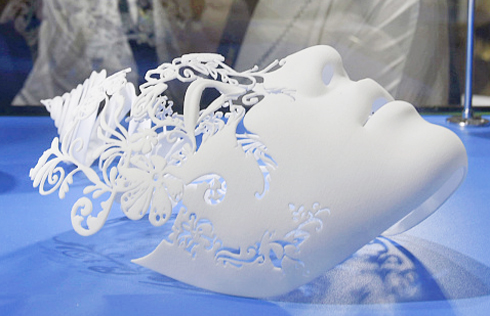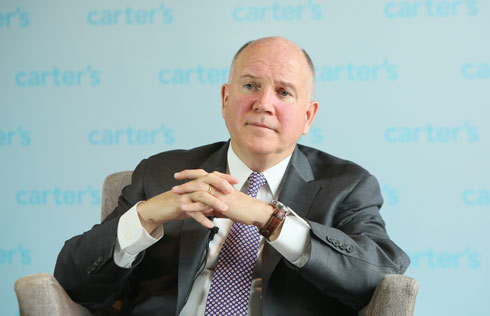China's foreign trade outlook positive, uncertainties remain
BEIJING - Despite slower-than-expected monthly expansion, China's foreign trade growth is expected to remain on a positive track amid uncertainties for the year.
The country's exports in yuan-denominated terms rose 11.2 percent year on year in July, compared with the 17.3-percent growth in June, customs data showed Tuesday.
Imports increased 14.7 percent, slowing from 23.1 percent in June, the weakest monthly growth so far this year.
A higher base, currency appreciation and falling commodities prices were behind the slower trade growth, and these factors will continue to drag down trade growth in the second half of this year, analysts said.
However, even with growth trending down, the country is still likely to see its first positive growth in annual foreign trade since 2014.
Diminishing overseas orders led to a 7-percent dip in China's foreign trade in 2015 and a 0.9-percent decline in 2016. In the first seven months of this year, foreign trade surged 18.5 percent year on year as US and European economies improved.
"We maintain our outlook that the second-half trade growth will slow from the first half, but trade growth for the whole year will be steady and support the overall economy," said Liu Xuezhi, a researcher with the Bank of Communications (BOCOM).
Recovering foreign demand has driven China's export growth in recent months, he said.
The fundamentals of foreign trade remained positive, said Huang Songping, spokesperson for the General Administration of Customs.
"Without big risks, foreign trade will continue to stabilize and maintain growth in the second half," Huang said.
The International Monetary Fund in July maintained its forecast of global growth at 3.5 percent for 2017, an acceleration from the 3.1-percent growth last year.
Despite a slowdown in the speed of expansion, total foreign trade reached 2.32 trillion yuan ($346 billion) in July, the third largest this year following that in May and June.
BOCOM chief economist Lian Ping cautioned that rising protectionism and uncertainty in international demand could pare export growth in the future, but expected exports for the entire year to be "in much better condition" than the previous two years.
The yuan's appreciation could also put downside pressure on export growth. The yuan had appreciated 2.2 percent against the dollar as of July since the end of 2016, according to a report from Nomura Securities.
The central parity rate of the Chinese currency strengthened 109 basis points to 6.7075 against the US dollar Wednesday, the highest in 10 months.
Meanwhile, import growth might retreat to a single-digit rate in the second half over weaker commodities prices and milder domestic demand, Lian said.
A Ministry of Commerce (MOC) statement Wednesday called it "an onerous task" to tackle uncertainties and maintain the trade growth momentum, citing growing protectionism as well as factories and orders leaving China for lower-cost countries.
China needs to accelerate the upgrading of its foreign trade structure by developing high-tech, high-quality products and services, said Liu Jianying, researcher with the Chinese Academy of International Trade and Economic Cooperation.



















